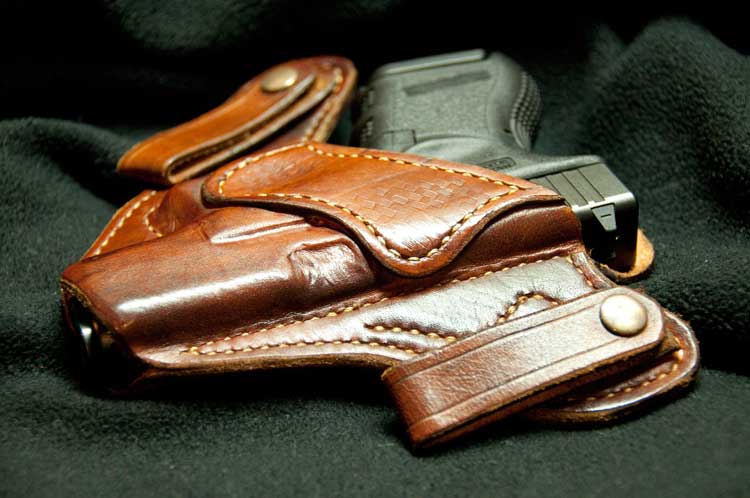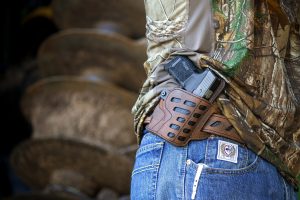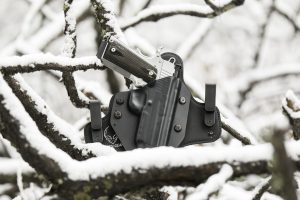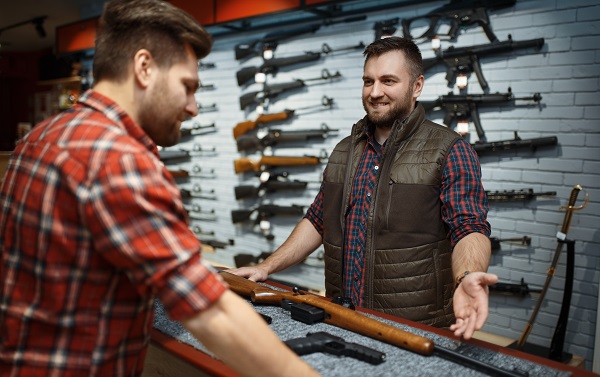
Photo Courtesy of Webmaster102
Colder weather has come for many parts of the country and with it, some possible implications for your concealed carry techniques.
Today we’re going to discuss a few things you might want to keep in mind for your winter concealed carry. Like always, be absolutely certain of your state and local laws before carrying – this article’s for fun, not a legal guide.
Like many, I’m a firm believer in carrying the most firepower that you can reasonably and comfortably conceal. In the summer, for me, this often ends up being a small .380, such as my Ruger LCP Max, that I can conceal in shorts and a t-shirt.
In the colder months, however, things change.
I’m now wearing heavier clothing, including flannel – who doesn’t love flannel? These shirts can result in less printing and pants that I can wear with a sturdy belt. This allows me to carry a considerable bit more firepower and I take advantage of it.

In the winter, I usually set aside my smaller pistols and carry, at minimum, a Glock 43X, or if clothing permits, a HK VP9 with Surefire X300U. This increase in available firepower is an undeniable advantage, but there are a few things to keep in mind.
Training with your concealed carry setup is crucial so that you are confident in your ability to safely and effectively use your firearm should the need arise. In the summer, drawing my small LCP Max from an IWB (inside the waistband) holster is not very complicated.
My winter setup, on the other hand, presents a few more challenges.
I need to be able to access my firearm through a lot more clothing and I might even be wearing gloves. Safely and quickly drawing your pistol from underneath a coat, heavy shirt, and potentially other layers with gloves on requires practice.

My recommended method for becoming proficient is a crawl, walk, run method.
Before I start carrying my winter setup, I put on my cold-weather clothing. After ensuring my weapon is clear and that no ammunition is nearby, I practice drawing.
Once I have done this, I take a trip to the range and apply what I’ve learned with some live-fire practice. Be warned that many ranges have rules regarding drawing and firing – know your local range’s ordinances!
I will not carry my winter setup until I have conducted this training and am confident in my safety and effectiveness.
Handgun marksmanship and drawing from concealment are highly perishable skills. As a responsible gun owner, you must train to be safe and effective, especially when changing your carry setup.
Do you change your concealed carry loadout in the winter? If so, how do you prepare? Share this out in social and let us know!



